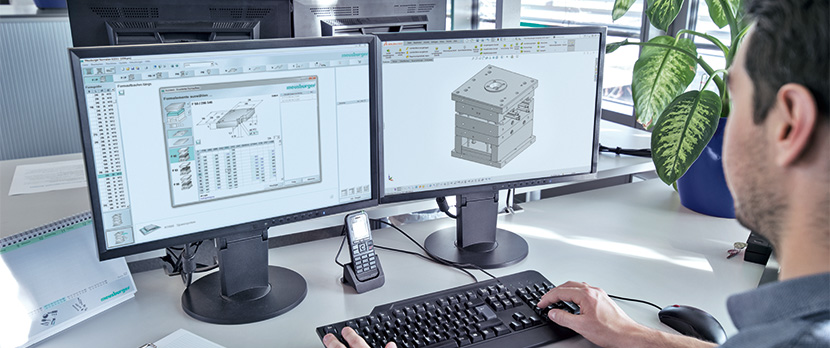In the process of precision machining, there are many factors that affect machining accuracy, and different machining methods can achieve different accuracies under different machining conditions. If we blindly pursue processing accuracy, it will reduce production efficiency and increase the cost of processing precision mechanical parts. Therefore, precision machining enterprises should make greater efforts to improve efficiency and reduce production costs while ensuring quality. The machining accuracy of precision mechanical parts can be divided into dimensional accuracy, shape accuracy, and positional accuracy. Therefore, the level of machining accuracy is measured by dimensional tolerance, shape tolerance, and positional tolerance.
Method for obtaining dimensional accuracy of parts:
Trial cutting method: First, try to cut a small part of the machining surface, measure the dimensions obtained from the trial cutting, adjust the position of the cutting edge of the tool relative to the workpiece according to the machining requirements, then cut again, and then measure again. After two or three times of trial cutting and measurement, when the machining dimensions of the precision mechanical parts meet the requirements, cut the entire surface to be machined. Trial cutting and turning machining of the journal size of the precision mechanical parts, and online measurement and grinding of the journal size, The trial boring processing of the hole system of box parts and the manual precision grinding of precision gauge blocks all belong to the trial cutting method of processing.
The precision of the trial cutting method may be high and does not require complex equipment, but this method is time-consuming and requires multiple adjustments, trial cutting, measurement, calculation, low efficiency, and relies on the technical water quality of workers and the accuracy of measurement instruments. The quality is unstable, so it is only used for small batch production of single pieces.
The adjustment method is to adjust the precise relative positions of the machine tool, fixture, tool, and workpiece in advance with samples or standard parts to ensure the dimensional accuracy of precision mechanical parts processing, and to maintain the same size during a batch of parts processing. This is the adjustment method. Machining shaft parts using a multi blade lathe or a hexagonal automatic lathe, milling grooves using a milling machine, and grinding outer circles and hole systems using a centerless grinder all belong to the adjustment method of machining.
If a milling fixture is used, the position of the tool is determined by the alignment of the tool block. The essence of adjustment method is to use the fixed distance device or tool setting device or pre adjusted tool holder on the machine tool to achieve a certain position accuracy of the tool relative to the machine tool or fixture, and then process a batch of workpieces. In large-scale production, the tool setting device is adjusted by using travel stops, samples, and templates. Compared with the trial cutting method, the adjustment method has better machining accuracy stability, higher productivity, and lower requirements for machine tool operation. However, it has higher requirements for machine tool adjustment devices and is commonly used in batch production and mass production.
Fixed size method: The method of using the corresponding size of the cutting tool to ensure the size of the workpiece being processed is called fixed size method, which uses standard size cutting tools for processing, and the size of the processing surface is determined by the size of the cutting tool. That is, using tools with certain dimensional accuracy to ensure the accuracy of the workpiece being processed. If a square broach is used to pull a square hole, a drill bit, an expanding drill, a reaming or boring block is used to process the inner hole, and a combination milling cutter is used to mill the groove surface on both sides of the workpiece, all of which belong to the dimensional tool method of machining.



